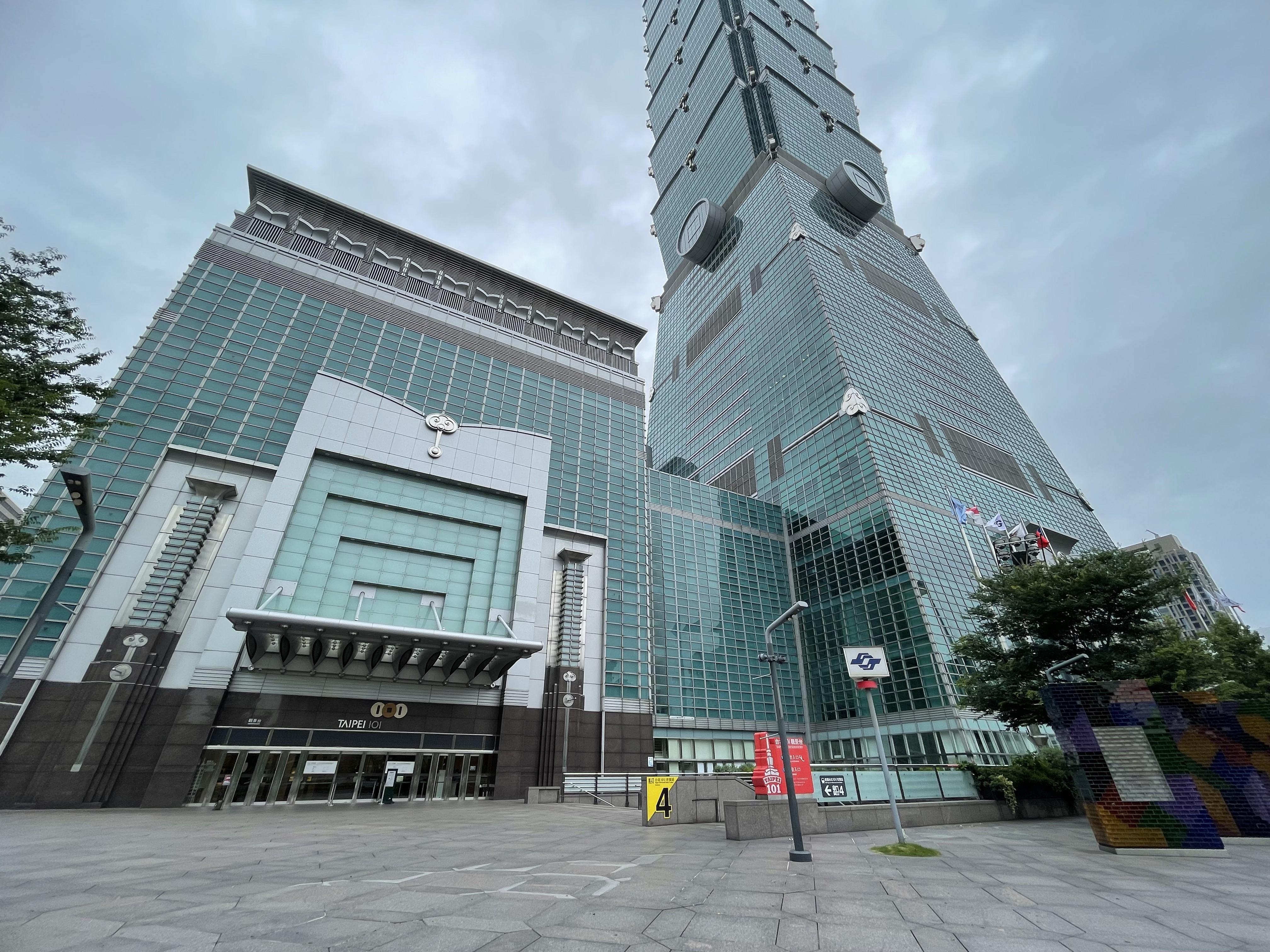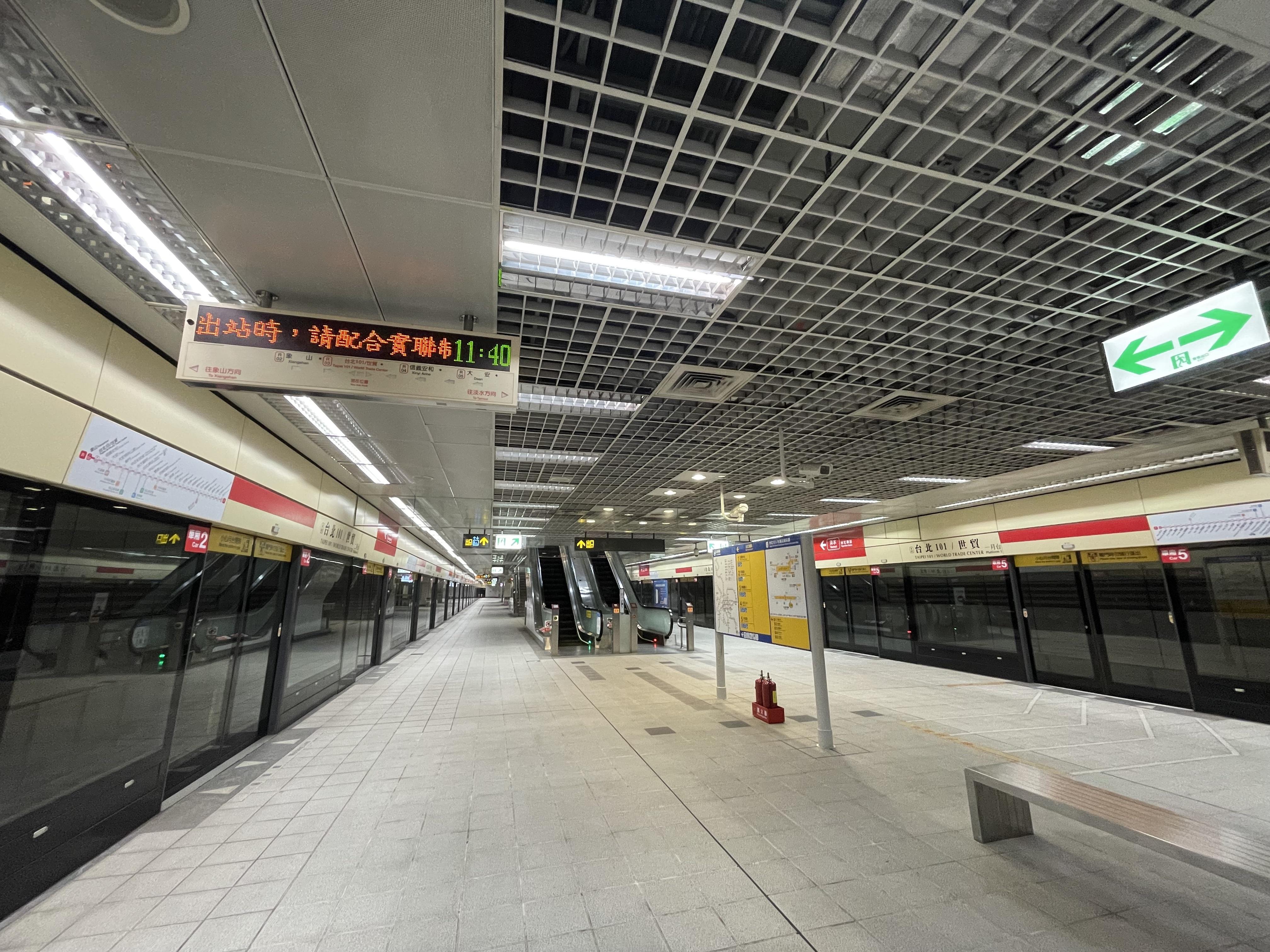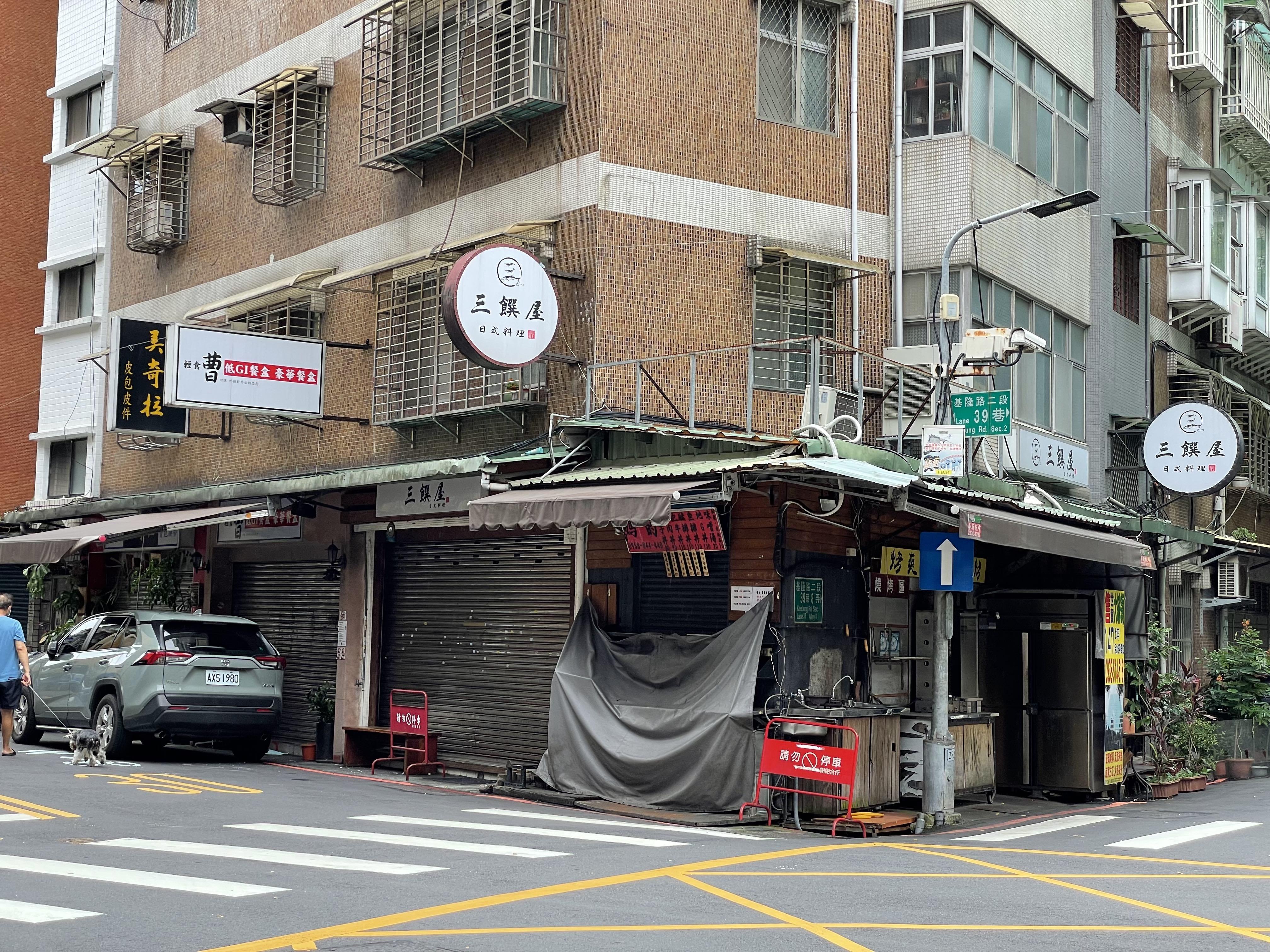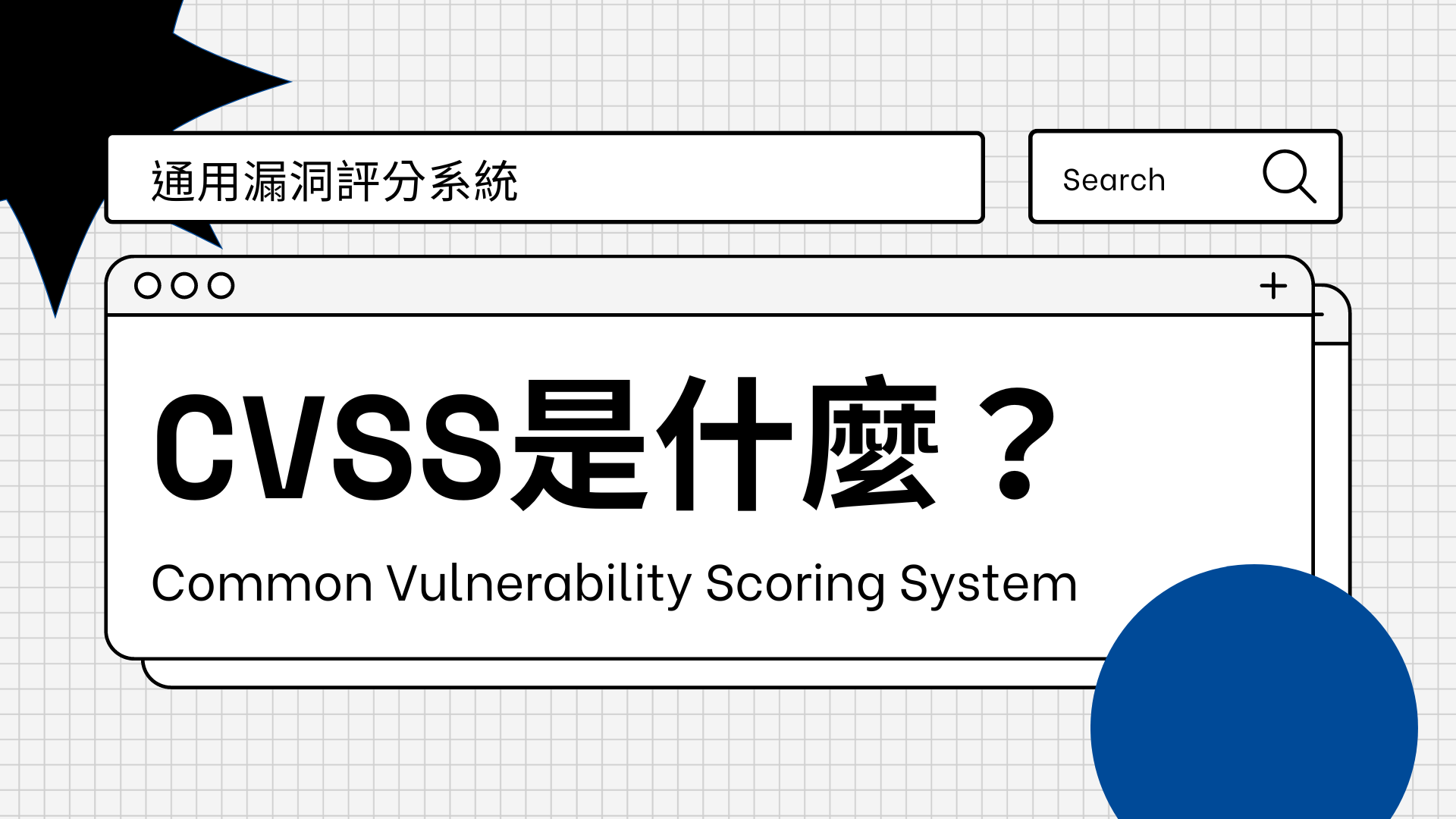
Situation in Taiwan under Epidemic Alert Level 3
June 24, 2021
Analyze epidemic alert level 3 by using COVID-19 Community Mobility Reports
On May 15, CECC(Central Epidemic Command Center) declared level 3 epidemic alert to Taipei City and New Taipei City. And on May 19, it was expanded to all cities in Taiwan. On June 7, it was extended until June 28 and on June 23, epidemic alert level 3 extended again until July 12. Under epidemic alert level 3, any family or social gatherings involving over 5 people indoors or 10 people outdoors need to be suspended. Plus for workplaces, CECC advised to execute measures to maintain business continuity such as working in multiple offices, remote working and flexible working hours.
During COVID-19 situation, Google is providing reports called COVID-19 Community Mobility Reports. This report shows percentage differences of movements in certain location categories compared to "baseline days". According to Google's explanation, "the baseline day is the median value from the 5‑week period Jan 3 - Feb 6, 2020". Therefore, we will be able to know how much less people or how much more people are in certain locations such as workplaces or residential from this report.
In this article, by using CSV data provided in COVID-19 Community Mobility Reports, I would like to share how much difference epidemic alert level 3 affected to people living in Taiwan. All data shown in this article are using data from September 27, 2020 until June 19, 2021. In order to see the trend better, the value of data is averaged by week starting from Sunday.
Impact of epidemic alert level 3 on workplaces
Until the middle of May 2021, CECC Taiwan controlled infection well so that although we needed to wear masks, our life was quite normal. This can be seen in the chart below, that other than holidays, the value is almost 0% which means it is the same as before the epidemic. Usually, for short holidays, there will be 10% less people in the workplaces. And, the greatest decrease in the number going to the workplace happened at Chinese New Year.
However, after epidemic alert level 3 declaration, almost 25% less people are going to workplaces. This proves that many companies in Taiwan are now pursuing work from home or shift working.
The chart below is a comparison between Taiwan, Japan, the United States and the United Kingdom in order to know the differences. In the US and UK, where work from home is quite popular, shows roughly 25% less people on average. In Japan, where more people tend to go to the office, shows roughly 10%-15% less people on average. Compared to these, the value of Taiwan under epidemic alert level 3 is almost the same level as the US and UK. Plus, under epidemic alert level 3, the rate of people not going to the office in Taiwan is greater than Japan.
Impact of epidemic alert level 3 on other locations
Next chart shows the percentage difference of being in a residential area compared to normal days. This chart shows how many more percent of people are staying at home. And, we can see that 20% more people are in residential areas during epidemic alert level 3. This means, most people are really staying at home. We can say that the level of people staying at home is almost the same level as people staying at home during the new year in the UK and Japan. In fact, the percentage of people in Taiwan staying at their home under epidemic alert level 3 is more than the percentage of US people during their new year.
Combined with the result of people not going to the workplaces, the result of residential implies that people in Taiwan are really staying at home without going to the workplaces. It is difficult to tell only from this chart whether most of the people are working from home or pursuing shift work. However, we can assume more companies are pursuing work from home or shift working compared to any other previous time.
The chart below shows how less people are in transit stations. Google Mobility Report defines transit stations as "places like public transport hubs such as subway, bus, and train stations". In the UK, people in transit stations drop down significantly at Christmas time. And the number of people in transit stations stayed low for a while since the UK started a third lockdown. From this chart, we can see that the number of people in transit stations in Taiwan under epidemic alert level 3, is similar to the level of the UK in lockdown.
In fact, even in the daytime on a weekday, mostly no one is in the station even in the popular Taipei 101 station.

Retail & recreation is defined as "places like restaurants, cafes, shopping centers, theme parks, museums, libraries, and movie theaters". This retail & recreation chart also shows a significant drop during epidemic alert level 3. Similar to transit stations, the level of how less people are in retail & recreation is almost the same level as the UK in lockdown.
Under epidemic alert level 3, all restaurants are only allowed to provide take outs and deliveries. Therefore, some restaurants decide not to open at all.

Effort is working
The chart below shows the 7-day moving average of Google Mobility Reports (Workplaces and Transit Stations) and newly infected numbers in the period from May 7 until June 19. This shows clearly that the effort of not going to the office and staying at home is effective in reducing the number of newly infected people. However, in order to lower the number of newly infected people to the previous level, we may need to continue a little more of this epidemic alert level 3 restrictions. As a result, we can assume that we can achieve a low infection number as before in the near future.
喜歡這篇文章嗎?歡迎分享出去!






